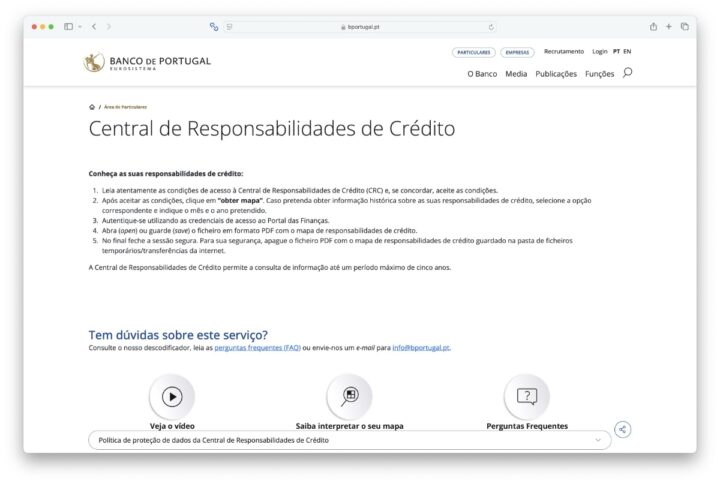A bank account without any movement can be a headache, especially due to the costs associated with it. Find out how to avoid unnecessary commissions and where to check online for the best offers on the banking market.
Having an inactive bank account can lead to additional costs and penalties that many consumers are unaware of until they are surprised by unexpected charges. Over time, these charges can accumulate, becoming a headache for those who don't use the account regularly.
In Portugal, a bank account is considered inactive when it does not register any movements for a prolonged period. In most banks, inactivity is declared after six months to a year of no transactions such as deposits, withdrawals or transfers.
However, specific criteria may vary from bank to bank, so it is important to check your financial institution's policies.
Associated penalties
Penalties for inactive accounts are determined by each bank, but it is common for them to include higher maintenance fees, with the aim of covering the administrative costs of maintaining an idle account. In some cases, fees can vary between 10 and 50 euros per year or even more, depending on the institution.
If the account remains inactive for a long period, the bank may unilaterally close the account. Before this, the customer is normally notified and has the opportunity to rectify the situation. However, if there is insufficient balance to cover the accrued fees, the account may go into negative balance, leading to additional interest charges on the outstanding amount.
Furthermore, accounts with a positive balance, but no movements, may also be subject to automatic seizure, in specific debt collection situations, such as tax arrears or court fines. Therefore, keeping an account inactive for long periods can result in a complicated financial situation.

How to avoid penalties
There are several ways to avoid the costs associated with inactive accounts:
- Move your account regularly: A simple way to avoid inactivity is to move regularly. Small transactions, such as a small deposit or transfer, are enough to keep the account active.
- Close unnecessary accounts: If you have an account that you rarely use, consider closing it. Be sure to transfer any remaining balance to an active account before requesting closure, and confirm with your bank that there are no outstanding charges.
- Choose accounts without maintenance fees: Some banks offer fee-free accounts, such as simplified current accounts, which have specific criteria, such as a reduced number of transactions allowed per month. This type of account is a good option for those who need a bank account but do not intend to use it frequently.
- Negotiate with the bank: if for some reason you do not use your account, contact your bank to negotiate an exemption from maintenance fees. Some institutions are willing to reduce or even waive fees to retain customers, especially if the customer has other active banking products, such as savings or investments.

Consult Banco de Portugal
To avoid unpleasant surprises, it is recommended that you stay up to date with your bank's policies. Consult the price list and, if necessary, speak to an account manager to better understand the applicable conditions.
Furthermore, Banco de Portugal provides information about bank account charges on its website, where it is possible to compare commissions between different banks.
Also at Banco de Portugal, and if you are not sure about the existence of an inactive bank account in your name, there is another solution: you can consult the Banco de Portugal account database and obtain your Map of Responsibilities.
Simply authenticate with your credentials. Finance Portal to have access to a detailed description of everything in your name: accounts, savings, credits and other financial products.
As you can see, maintaining an active bank account and avoiding penalties can be simple if you take a proactive approach.
Source: pplware.sapo.pt


